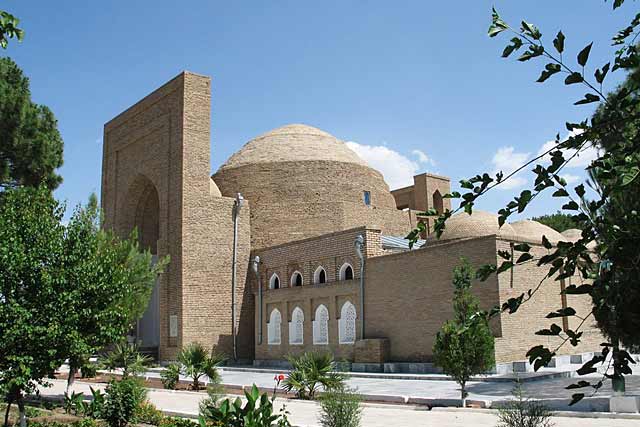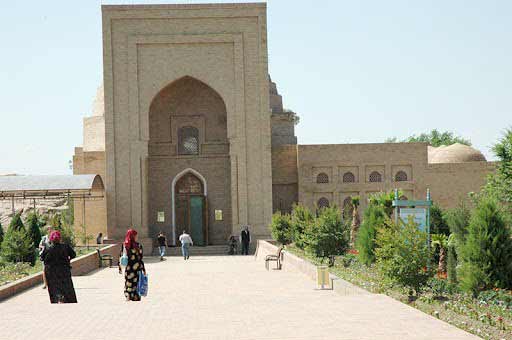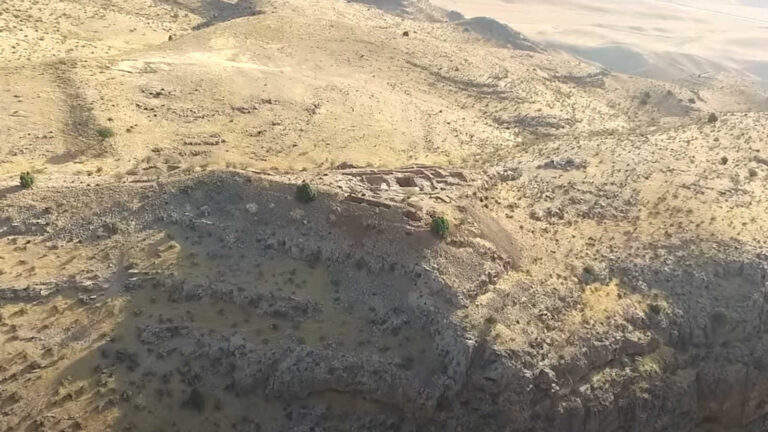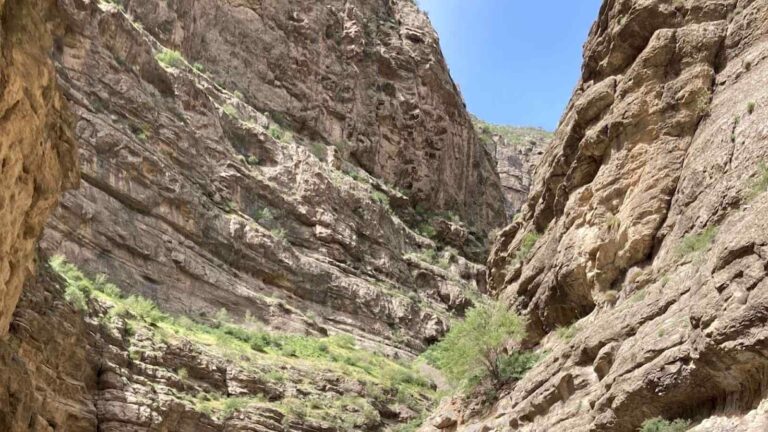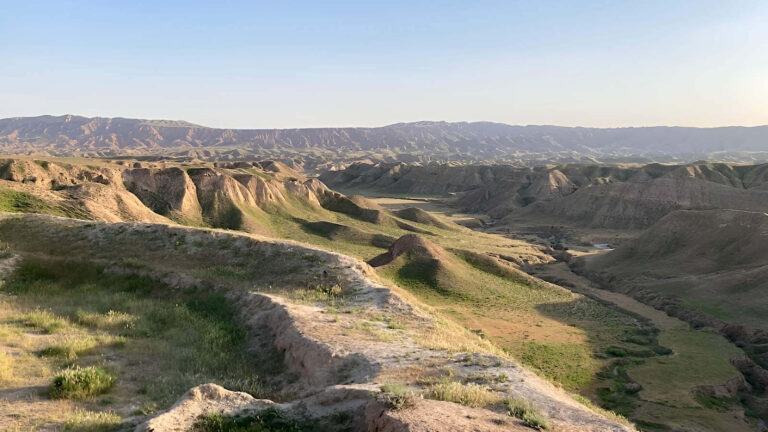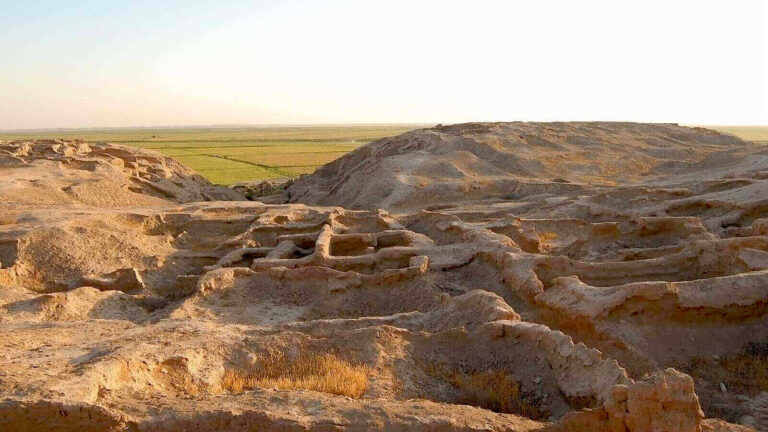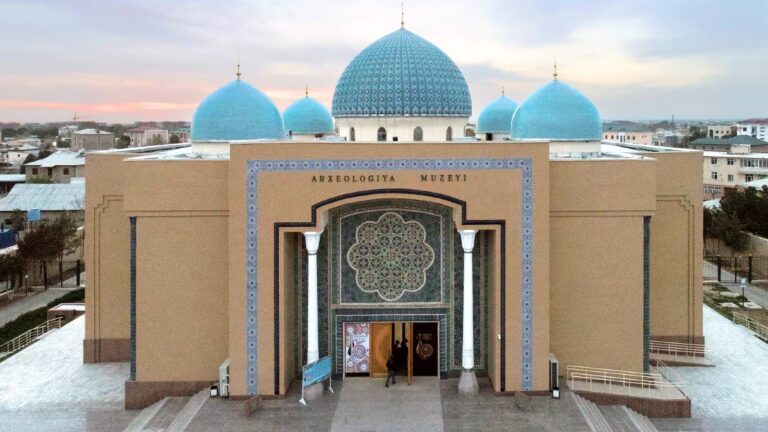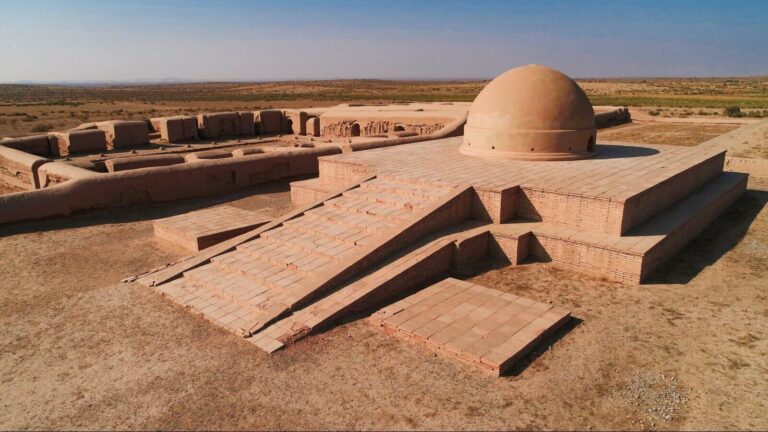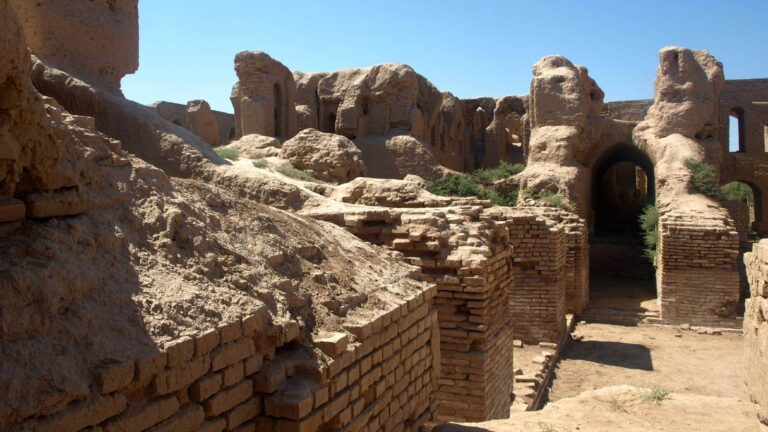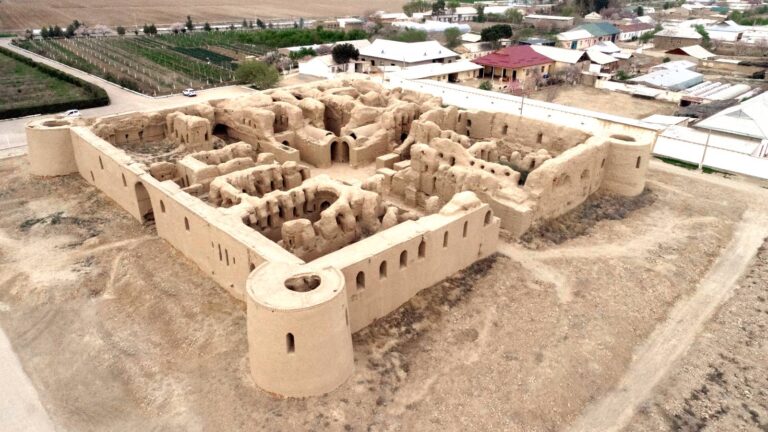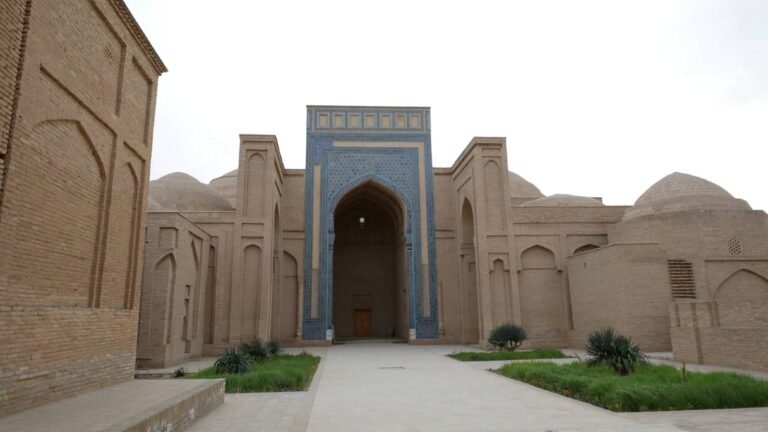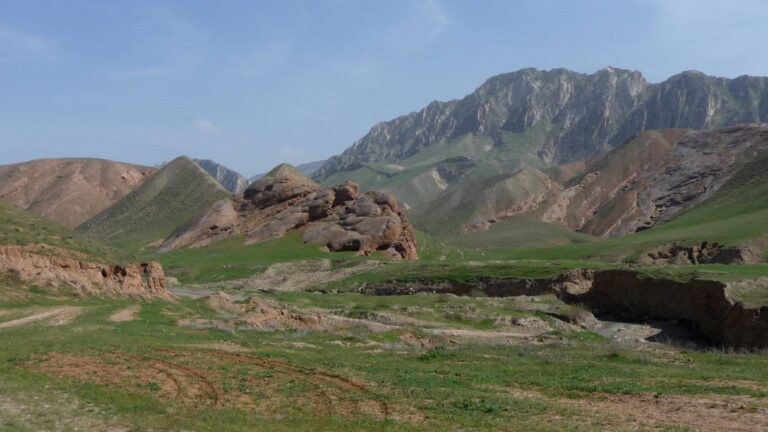Getting There
Al-Hakim at-Termezi was born in 810 in Termez. From childhood Termezi sought knowledge. Up to 25 years, he studied at various schools of Maverannahr (Central Asia). Along with the natural sciences, he eagerly studied the religious sciences. After studying all that was available in their native land, he went to Baghdad to expand their knowledge. Baghdad was then a center of science and education, there lived and worked in many prominent scholars of the time. Later Termezi moved to Basra. He stayed there for several years and then made a pilgrimage to Mecca. After the pilgrimage, he returned to his native Termez, where he worked as a teacher and scholar. At the age of 27-30 years, At-Termezi turned his attention to Sufism, after he read a book by the famous Sufi al-Intikomiya. The book, calling on the path to understanding the essence of faith to reject the desire for material things, deeply impressed by At-Termezi, prompting him to begin life of a hermit, and retire from worldly affairs. Since then he has only met with his students and scholars colleagues, spent a lot of time reading. At-Termezi established a relationship with Sufis of Baghdad and Egypt. He made an outstanding contribution in promoting Sufism in Central Asia.
What to Expect
At-Termezi is author of over 400 valuable scientific and religious works, of which have reached us only 57. The content of these unique works shows that the At-Termezi was a prominent expert in Islamic law, philosophy, history, astrology, mathematics and linguistics of his time. He was very erudite, and science has been his main interest. His contemporaries called him “the wisest of the wise.” Throughout his life he worked only for the benefit of people, so people respectfully called him “Termez-ota” (Termez-father).
According to the book of Egyptian sheik Abdulfattoh Baraka, At-Termezi lived a long life and died at the age of 115 years in Termez in 932 and was buried in the medieval citadel of Termez. Over time, over the grave was erected a mausoleum became a popular place of pilgrimage. Here to worship at the sacred tomb come not only locals but also pilgrims from other countries in the Muslim world.
History
The main building of the mausoleum was torn down, on the remains of its walls built new from the brick. Rebuilt also the building adjacent to the east. They were all raised on a platform. Within the walls of “kari khana” arranged narrow vertical through-slot that went round the mausoleum, so they could hear the voice of “kari”, reading the funeral prayer. The tombs were joined a broad arched opening. Fencing of the yard and brick, they are also faced with the wall of old Sufi cell. To the south of the farm buildings are located “khanaka”. These on ceramic “kuburs” (piped) water came. It prepared the food for its inhabitants and pilgrims.
In the late 50s XX century were carried out restoration work and detailed research, and in the 80s was restored decor of the main mausoleum. In 1990, UNESCO celebrated the 1000th anniversary of this esteemed Sheikh and were confined to this reconstruction of the object.
Facilities Available
Facilities and services hotel ,restaurants, taxi, Wi Fi area, tour guide in English, WC petrol station, souvenir shop, handcrafts, picnic, tradition customs etc. Interacting with local people, opportunity to participate weddings as guest.

